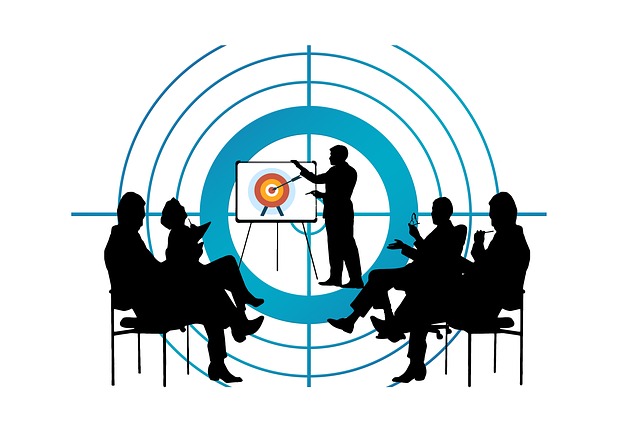With personalization being at the top of everyone’s marketing wish list, account-based marketing programs have become the most effective means of closing key accounts. As with any other marketing campaign, there are several steps necessary to make them successful. Here we’ve outlined seven steps for creating a successful ABM campaign.
Account-based programs are an integral part of an overall growth marketing strategy when the goal is to bring in your most sought-after accounts. The process of creating an account-based marketing campaign includes several steps and the implementation will require a multi-channel approach. Here we highlight three of the most effective ways to gain business from your priority accounts.
With digital channels dominating the marketing landscape, traditional tactics such as direct mail have become somewhat of an afterthought. For that very reason, they have regained their effectiveness. What used to be a flooded channel of mass mailers has dwindled to the point where a direct mail piece can help your business stand out. Here we’ve outlined the best ways to use direct mail marketing in 2019.
When implementing an account-based marketing strategy, microsites can serve as an invaluable tool in recruiting your most sought-after accounts. Building a site that is specifically designed for a particular company will let them know how serious you are about doing business with them. It also allows you to address pain points that are unique to their situation and offer solutions that fit their specific needs. Much like your primary company website, there are many elements required to grab your prospect’s attention and make your microsite a true lead generation tool.
The heart of growth marketing is building brand awareness. Growth marketing focuses on the entire funnel rather than just feeding the top while putting an emphasis on the lifetime value of a customer instead of just the initial sale. Growth marketing requires building an audience and a following to move your products rather than focusing on selling an individual product. It also entails a great deal of lead nurturing and marketing to current customers. Here we outline seven key components of building a growth marketing strategy.






.jpg)


